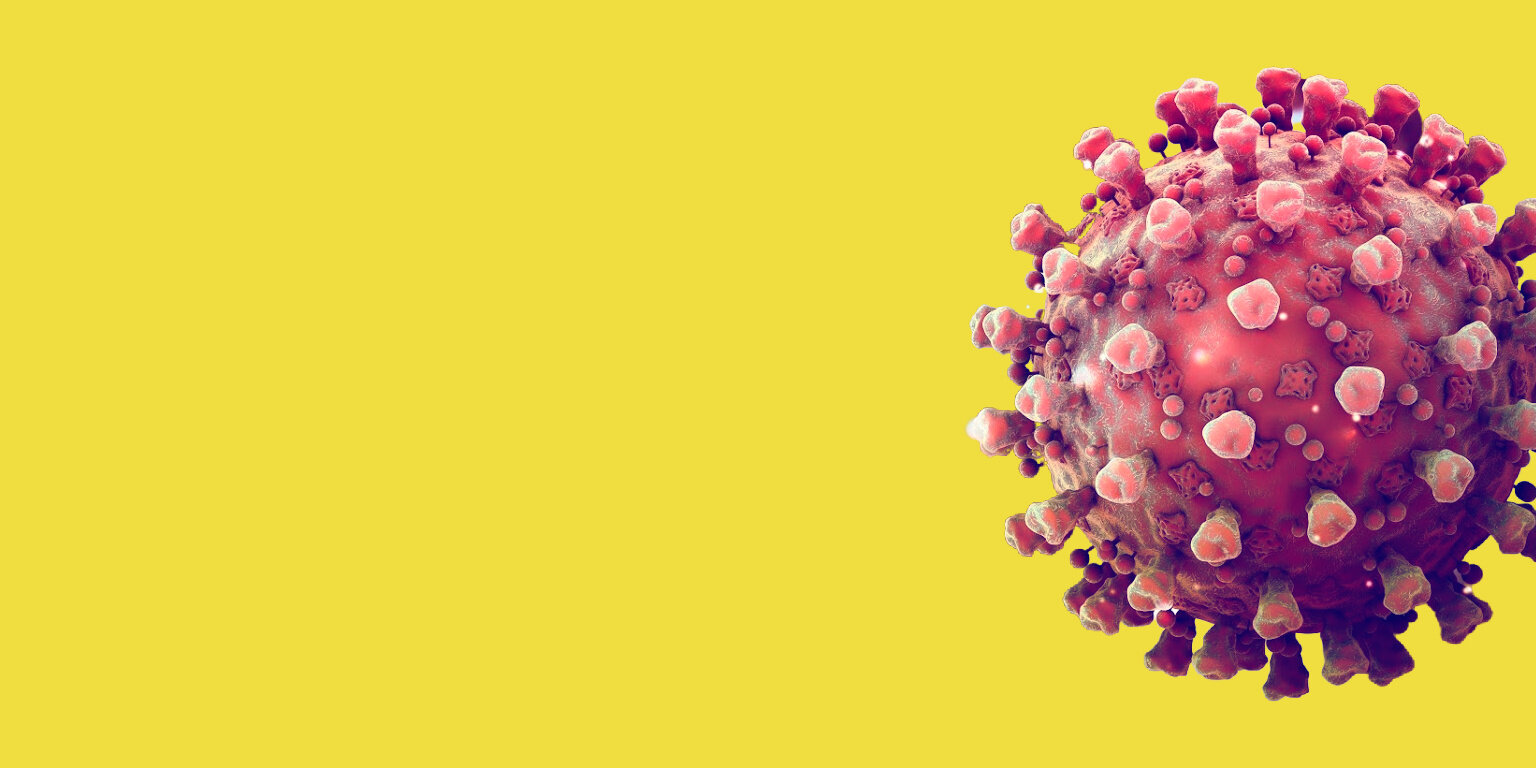
COVID-19 information
The FDA and USDA published a joint statement regarding COVID-19, food, and food packaging.
There is no evidence so far that COVID-19 has been transmitted by food or food packaging materials. The FDA and USDA, after more than a year of gathering and analyzing data, underscore that no credible evidence exists to support claims of transmission through food or on food packaging materials. The number of viral particles that can be picked up by surface contact is considerably lower than that of inhaled virus particles.
Choosing Personal Protective Equipment (PPE)
Using appropriate PPE for the task has always been an important element of preparing to work in the food industry. From boots to hair nets, from face shields to gloves, PPE is important for handling food as well as working within a kitchen or manufacturing facility. Below are some guidelines for choosing PPE and requirements for PPE.
Types of PPE
Eye Protection - Eye protection is important for tasks that may expose you to chemical or microbiological agents in liquid, gaseous, or even solid forms that all may pose a risk of splashing or entering the air through mists.
Airway protection - Protects airways from particulate matter or noxious gases. Use an appropriate filtration level for each use. Viruses, fine particulate matter, and noxious gases are all reason to wear a respirator or a gas mask.
Skin Protection - Skin protection can serve both as protection for those wearing it and for others. Skin protecting protects skin from chemicals, adhesives, food splashes, and food soils, and prevents skin, hair, and nails from entering food or other products.
Fall Protection - Waterproof boots, friction boots, and captive footwear, when used appropriately, can prevent slip and fall injuries.
Fire Protection - Certain chemicals can be harmful and sometimes combustible. When working with these items, clothing coated in fire retardant spray and clothing made of materials that don’t readily catch fire are helpful.
All PPE - Ultimately, PPE is a protection of your physical being, those in your vicinity, and the customer. Choose the right PPE products for the job and dispose of them appropriately.
COVID-19 Measures for Food Manufacturers & Retailers
Assess the Risks
Risk assessments have been continually updated for COVID measures considering emerging data and learnings. Assessing your risks must be done on several levels: risks to food, risks to the customer, risks to employees, risks to your brand, and risks in production.
Train Employees
Training employees on the latest public health recommendations, like the basics of handwashing, is important. This could include refresher training on PPE donning, measuring temperatures, handwashing, general personal hygiene, virus control measures, and how to use cleaning agents and sanitizers appropriate for the job and appropriate for your operation. As always, ensuring employees are upholding the highest levels of food safety while maintaining COVID-19 safety measures will ultimately protect your brand.
Designing Appropriate Measures
COVID-19 protection in manufacturing plants, in retail and transportation, and at the phase of consumer interaction must all be considered. As a general rule of thumb it is important to note that SARS-CoV-2 affects the respiratory system, and the nose and eyes are the most important ways in which virus entry into the body has been found to cause illness. At a minimum, all CDC recommendations, state and local government recommendations must be adhered to. Additional measures and company policies that enhance these measures are recommended.
Assess Control Measures
Are employees using the tool? Are they using them only when watched? Are they being inconsistent? Use consistency in communicating with employees so they too value personal safety, as well as food safety and customer satisfaction. Monitor, measure, and reward good performance.
Use the Right Tools
Mask wearing is the most basic requirement on a global scale. Choosing the right mask, providing masks for employees, and ensuring there is a culture of promoting mask wearing is one of the most important, cost effective, and easiest ways to promote COVID-19 protection measures at your business or anywhere people are in contact with others.
Re-evaluate
As with most food safety programs, there is always a need to re-evaluate and update what is being done based on changing circumstances. In the case of COVID-19, the scientific community has been closely studying the transmissibility of this virus. There is currently no evidence that COVID-19 leads to illness if consumed. There is also no evidence that it has been transmitted by food, or through food packaging. The consistent use of personal protective equipment (eg: masks) helps reduce the likelihood of transmission.

